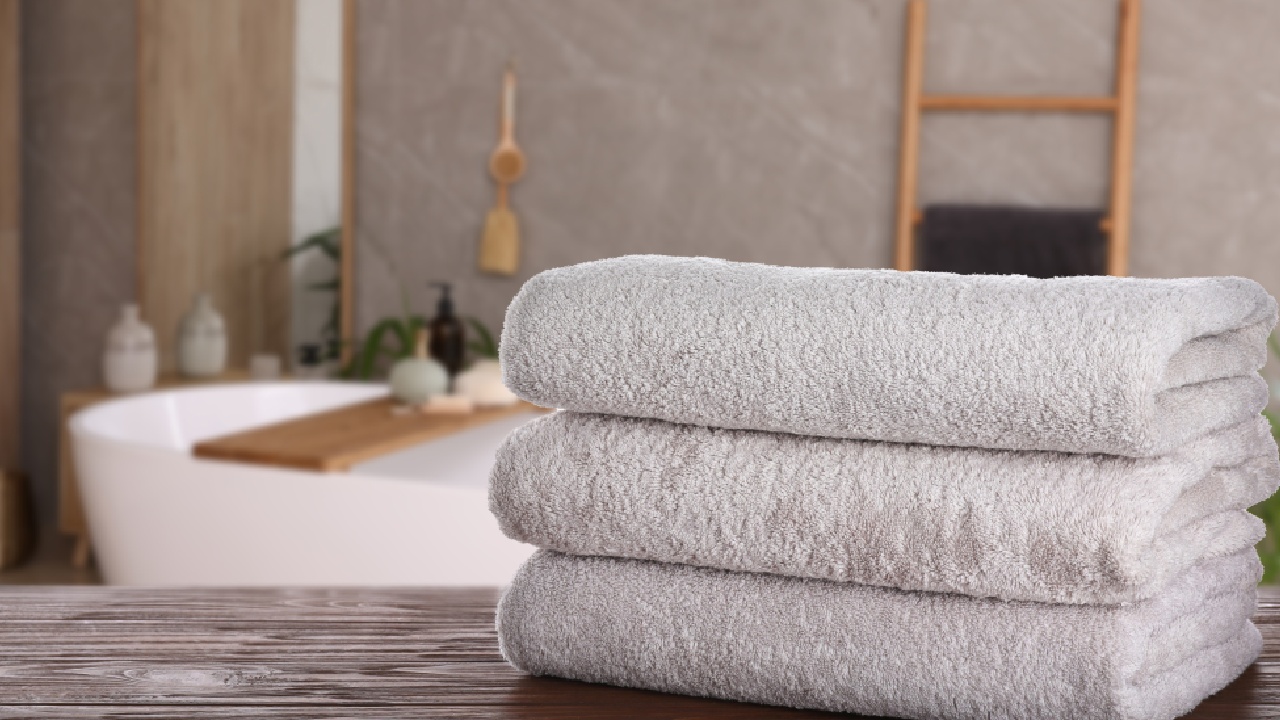A list of the germiest items in your home (and how to fix them)

Even when you think your house is clean, bacteria can be lurking in everyday items around the house. Check out our guide for finding the trouble spots and getting rid of them.
The culprit: Kitchen sponge
It’s scary to think that the item that we use to clean our dishes and benches can be harbouring some serious nasties. Think E. coli and Staphylococcus, mould, and even the influenza virus.
The cure:
Each time you use your sponge, rinse it out in hot water, wring and allow to air dry. Once a day, sterilise it by wetting it and placing in the microwave for 60 seconds. Change your sponge every 2 weeks to keep the germs at bay.
The culprit: Kitchen sink
Did you know that your sink is most likely dirtier than your toilet seat? Any fruits, vegetables, cutlery and chopping boards that may have come into contact with raw meat are potentially contaminating your sink.
The cure:
Three times per week, dampen the sink and spray with surface spray. Scrub the sink to remove any bacteria, especially around the drain where nasties can lurk. Use an antibacterial product to then spray the taps, sink, draining board and your scrubbing brush. Leave for ten minutes before rinsing.
The culprit: Toothbrushes
Each day germs move from your mouth to your toothbrush, and are then left next to any other family member’s toothbrushes to mingle and spread. Your toothbrushes are also often kept near the toilet and are possibly being contaminated with airborne bacteria from every flush.
The cure:
Keep your toothbrushes in an upright container (not resting on the sink) so that they can have air circulating around them. Try to reduce the germs moving from the toilet to your brush by always closing the toilet lid before flushing. If you are ill, replace your toothbrush, and treat yourself to a new brush every three months.
The culprit: Electronics
We touch the remote, our computers and our phones all day long – but how often do we clean them? Rarely, if ever, is the common answer. And the scary part is they can be as filthy as your kitchen sponge.
The cure:
Use a disinfecting wipe to go over your (switched off) electronics. Think laptops, mobile phones, and remote controls.
The culprit: Bath towels
We often “dry” our towels on the back of the door in a damp bathroom where they never get completely dried properly. This can cause mould, mildew and bacteria to thrive, making it possible to get a nasty rash or infection.
The cure:
Allow your towels to spread out and air dry. Instead of a hook it’s best to use a rack where they can be completely spread out. Change your towels every 3-4 days as this will help keep the levels of bacteria down. If your towels still smell after washing, it’s time to toss them out.
Image credit: Shutterstock
Related links:
5 surprisingly dirty things in your house
10 amazing cleaning tips everyone should know
How to make homemade laundry powder
